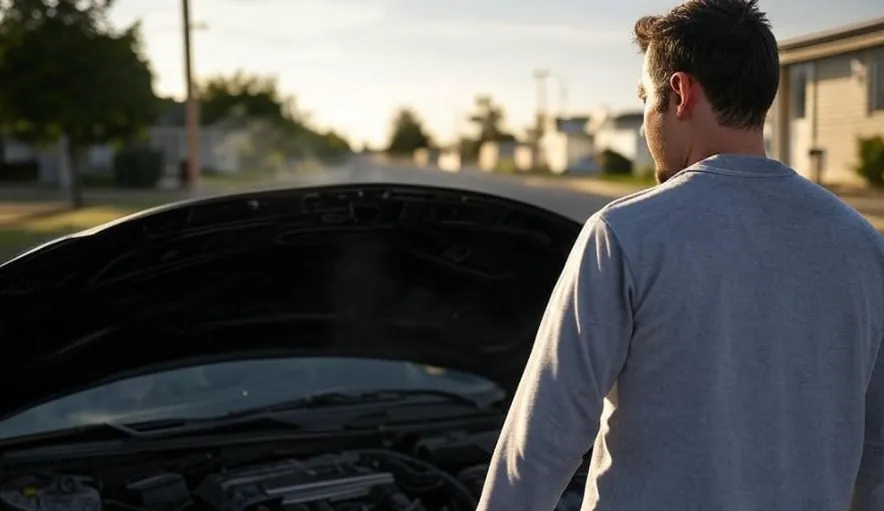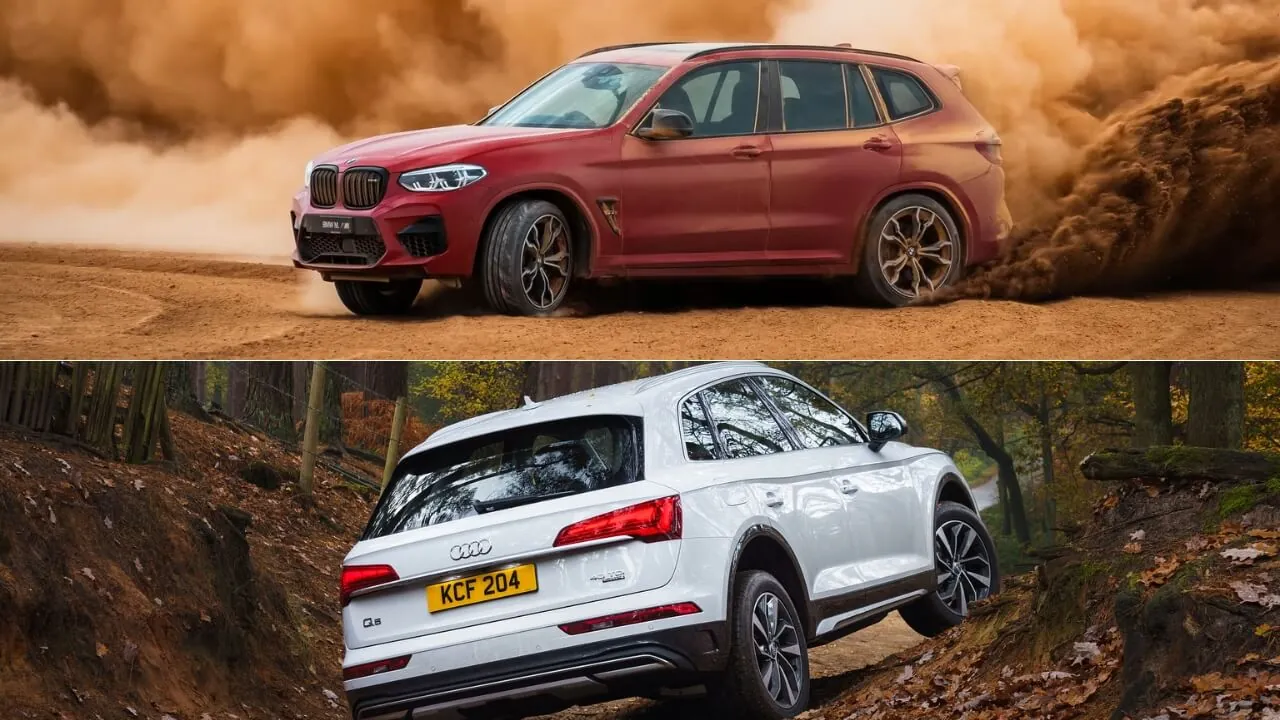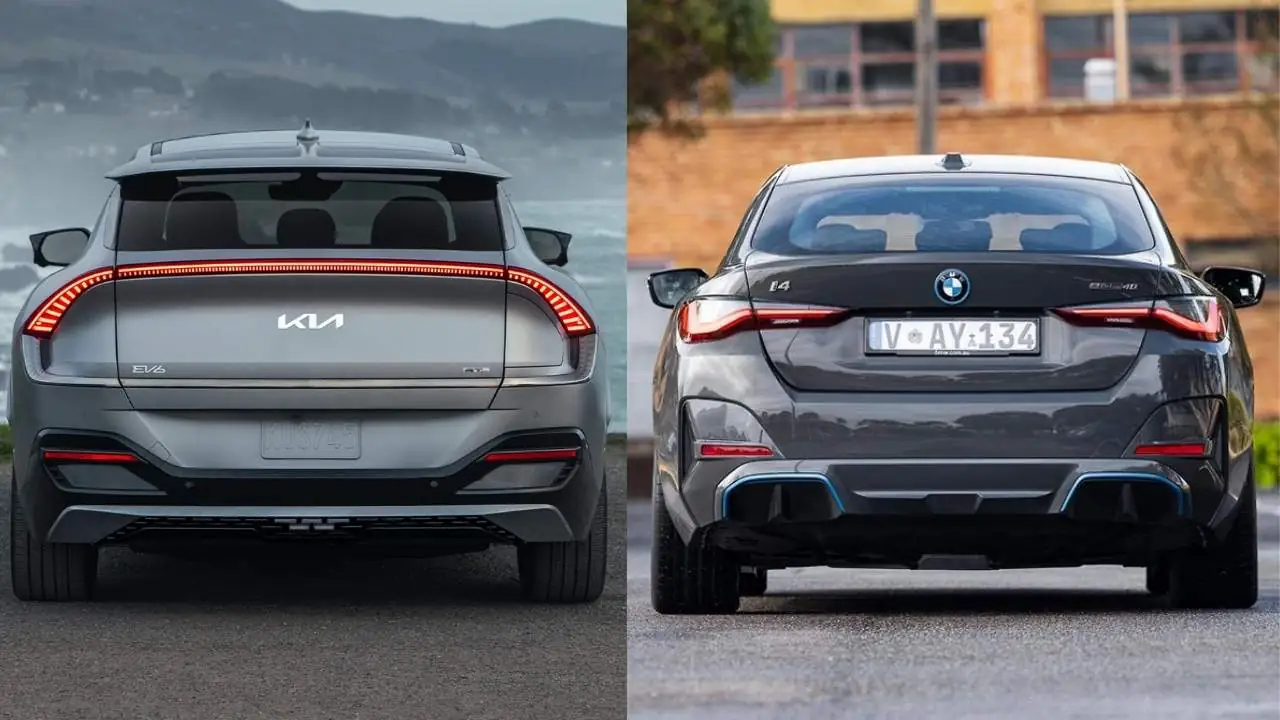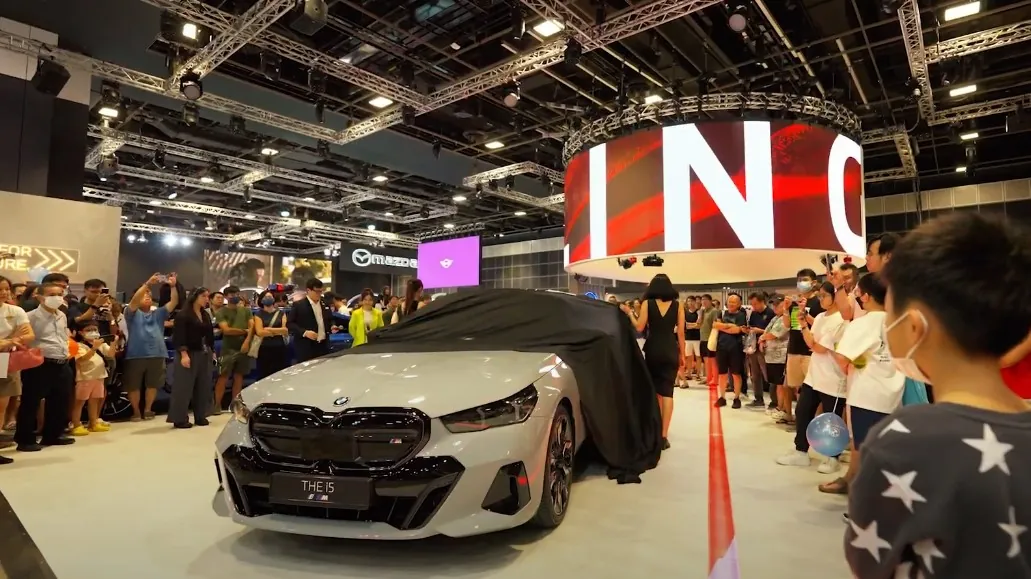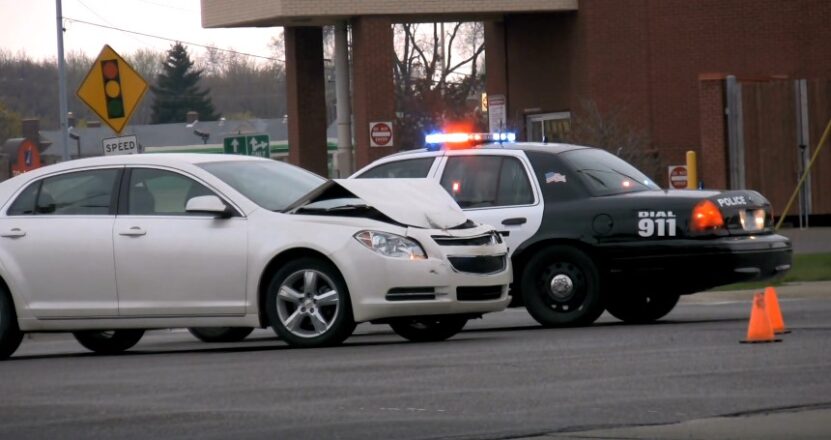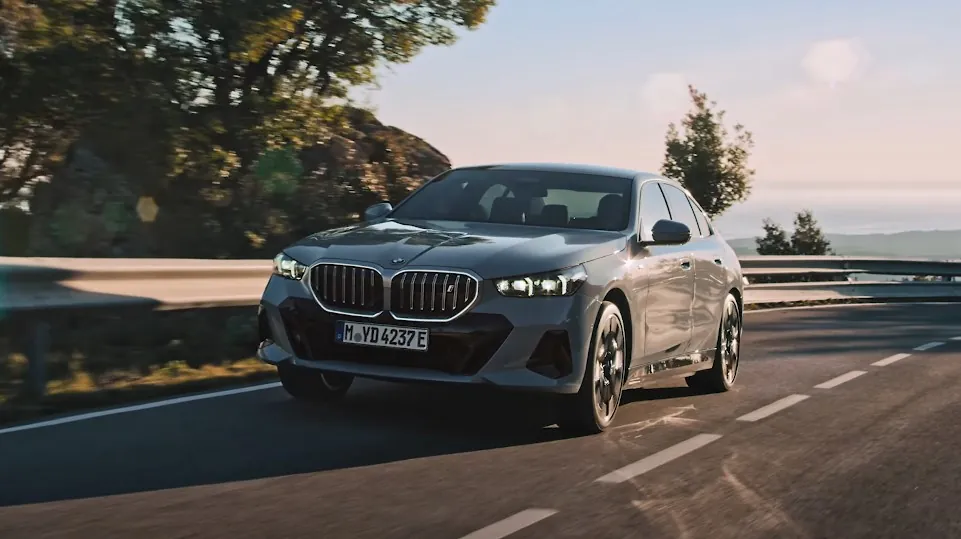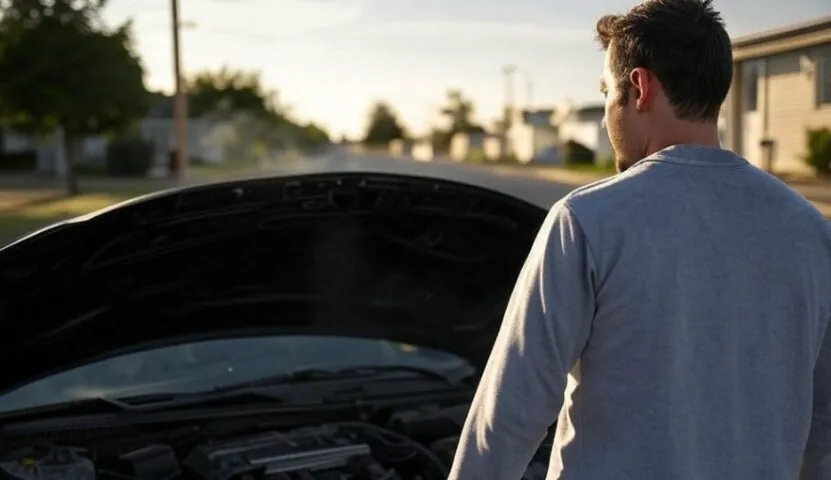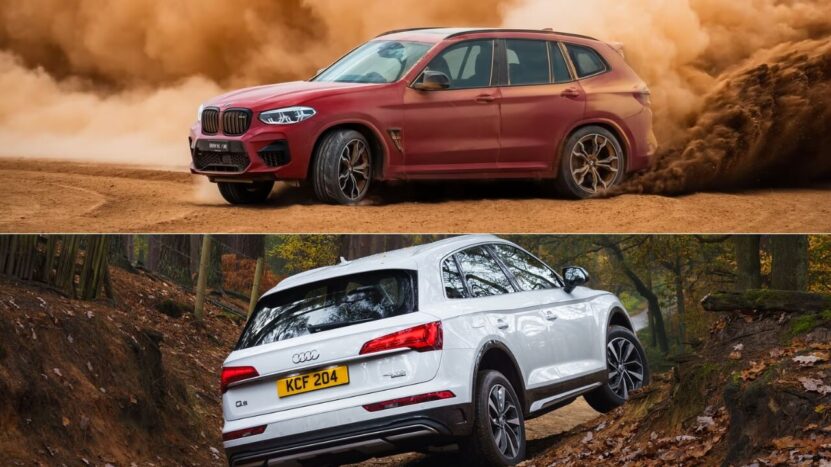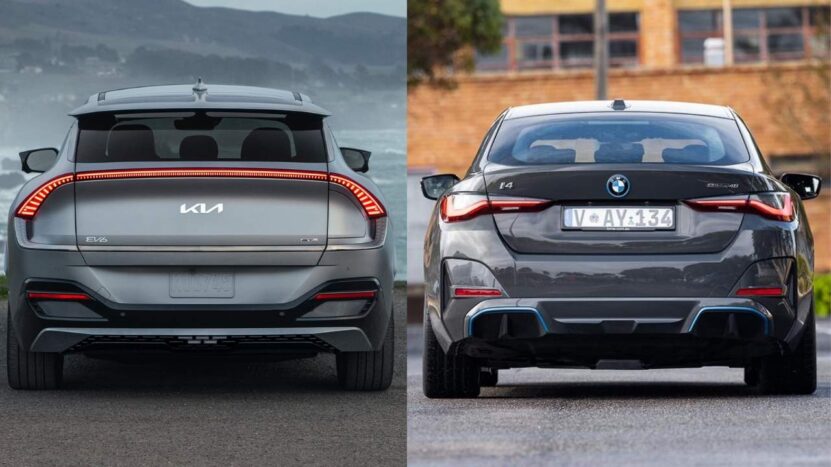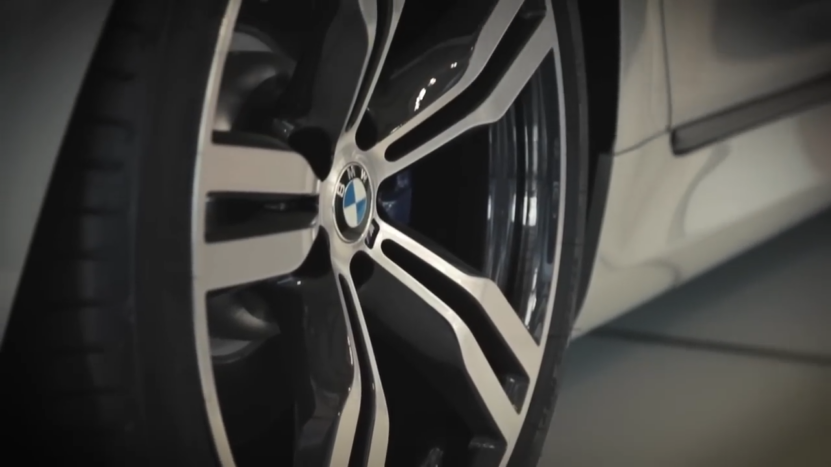
Share Post:
BMW is renowned for producing luxury vehicles that blend power, style, and cutting-edge technology. As road safety becomes an increasingly important focus for both automakers and drivers, BMW has invested heavily in developing advanced safety features aimed at minimizing the risk of accidents.
These technologies not only help protect drivers, passengers, and pedestrians but also enhance the overall driving experience. In this article, we will explore how BMW’s advanced safety features can help prevent accidents and keep everyone safer on the road.
Table of Contents
Toggle1. BMW Driving Assistance Systems
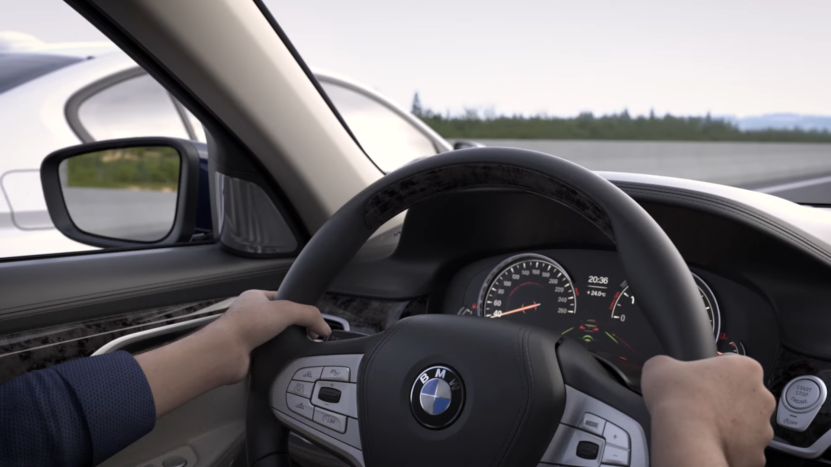
One of the most significant developments in vehicle safety is the integration of Driver Assistance Systems (DAS). BMW’s DAS suite uses sensors, cameras, and radar technology to monitor the surroundings of the vehicle, providing real-time feedback and interventions when necessary.
Adaptive Cruise Control with Stop & Go
Adaptive Cruise Control (ACC) is an essential feature for drivers who spend a lot of time on highways or in heavy traffic. Unlike traditional cruise control, which maintains a constant speed, ACC adjusts the vehicle’s speed according to the flow of traffic.
This system uses radar sensors to detect the distance and speed of vehicles ahead and automatically adjusts your speed to maintain a safe following distance. In stop-and-go traffic, the system can bring the car to a complete stop and resume acceleration when traffic starts moving again.
This feature reduces the likelihood of rear-end collisions, which are among the most common types of accidents. By automatically adjusting to traffic conditions, BMW’s Adaptive Cruise Control ensures that the vehicle maintains a safe distance, even in unpredictable driving situations.
Lane Departure Warning and Lane Keeping Assistant
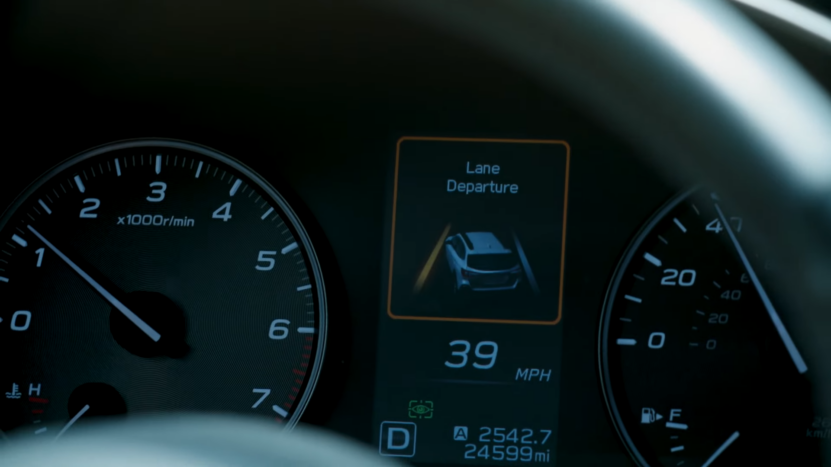
Accidents caused by unintentional lane departure can be severe, especially at high speeds. To address this issue, BMW offers Lane Departure Warning (LDW) and Lane Keeping Assistant (LKA) features.
The LDW system alerts drivers if they drift out of their lane without using a turn signal, helping prevent accidents caused by momentary lapses in concentration. Meanwhile, LKA gently steers the vehicle back into its lane if the driver doesn’t take corrective action, providing an added layer of protection.
These systems are particularly helpful during long road trips or when drivers become fatigued. By keeping the vehicle in its lane and alerting the driver of potential issues, these features can significantly reduce the risk of side-swipe and head-on collisions.
Blind Spot Detection
Changing lanes on a busy highway can be hazardous if a driver fails to notice a vehicle in their blind spot. BMW’s Blind Spot Detection system uses radar sensors to monitor the areas alongside and just behind the vehicle.
If a car is detected in the blind spot, the system provides a visual warning via the side mirror. In some models, the system can even apply steering intervention if the driver attempts to change lanes despite the warning.
By alerting drivers to the presence of vehicles in their blind spots, this system helps prevent dangerous lane-change accidents, which can result in high-speed collisions.
2. Collision Avoidance Technology
BMW vehicles are equipped with several features that actively work to avoid collisions, both at high and low speeds.
Frontal Collision Warning with City Collision Mitigation
BMW’s Frontal Collision Warning system uses cameras and radar to detect potential obstacles or vehicles ahead. If the system senses an imminent collision, it will warn the driver with visual and audible signals. If the driver does not respond in time, City Collision Mitigation can automatically apply the brakes to avoid or reduce the severity of the crash.
This feature is particularly effective in urban environments where stop-and-go traffic and pedestrian crossings are common. By providing early warnings and engaging the brakes automatically, the system helps mitigate the risk of accidents that occur due to distractions or delayed reactions.
Cross-Traffic Alert
Crossing intersections or backing out of parking spaces can be risky if visibility is limited. BMW’s Cross-Traffic Alert uses sensors to detect vehicles or pedestrians approaching from the side and warns the driver of potential hazards. This is particularly useful when reversing, as it helps drivers avoid accidents with oncoming traffic or pedestrians that may not be visible through the rearview mirrors.
By giving drivers a heads-up when vehicles are approaching from the side, Cross-Traffic Alert can prevent collisions in situations where other vehicles or obstacles might be difficult to see. This is especially helpful as, according to the Phoenix car accident attorneys at Sargon Law Group, intersection accidents are one of the most common types of car crashes.
3. Parking Assistance
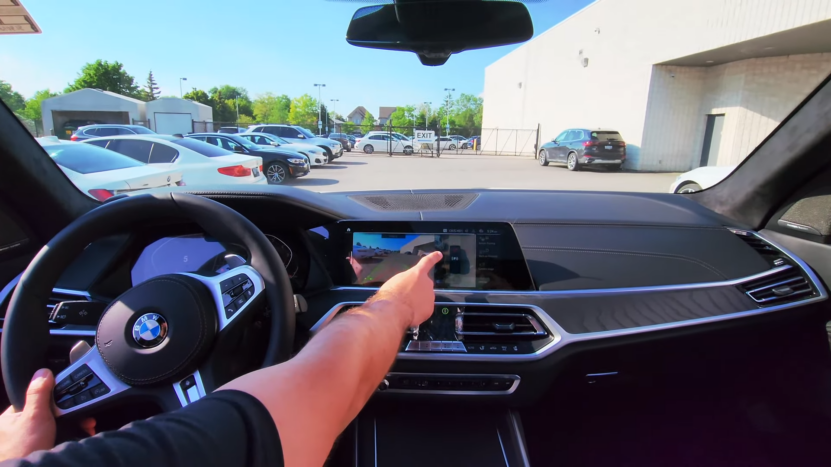
Accidents can happen even at low speeds, such as during parking. BMW offers several features that assist drivers in parking safely, reducing the risk of collisions with other vehicles, pedestrians, or objects.
Parking Assistant
BMW’s Parking Assistant is a feature that helps drivers find parking spaces and automatically steers the car into them. Using sensors around the vehicle, the system identifies suitable spaces and takes over steering while the driver controls the throttle and brakes.
This system reduces the likelihood of low-speed accidents caused by misjudged parking maneuvers, which can lead to costly repairs or even injuries to pedestrians.
Surround View Camera System
The Surround View Camera System offers a 360-degree view of the vehicle’s surroundings, displayed on the dashboard screen. This system uses multiple cameras located around the car to create a bird’s-eye view, making it easier for drivers to see obstacles that might be missed using traditional mirrors.
This feature is particularly useful when parking in tight spaces or navigating complex driving environments.
4. Night Vision and Pedestrian Detection
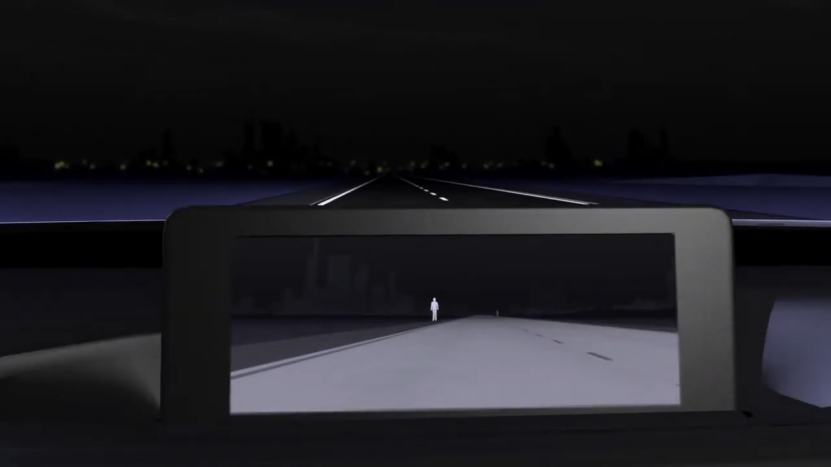
Driving at night or in low-visibility conditions poses a higher risk for accidents, particularly when it comes to detecting pedestrians or animals. BMW offers Night Vision with Pedestrian Detection, a feature that uses infrared cameras to detect heat signatures of pedestrians, cyclists, and animals up to 300 meters ahead.
The system then alerts the driver to their presence and, in some cases, can automatically apply the brakes if the driver fails to react in time.
This feature is especially valuable in poorly lit areas, where traditional headlights might not provide enough visibility to avoid collisions with wildlife and pedestrians.
5. Tire Pressure Monitoring System
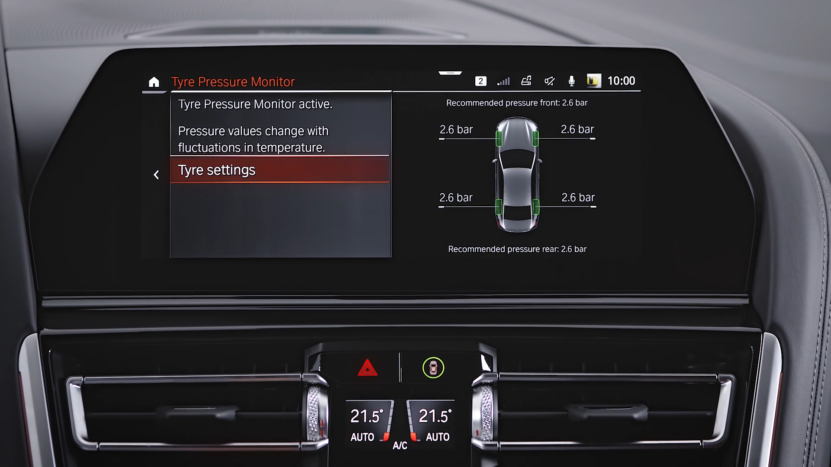
Underinflated or overinflated tires can lead to blowouts, loss of control, and accidents. BMW’s Tire Pressure Monitoring System (TPMS) continuously monitors the air pressure in all four tires and alerts the driver if any tire pressure drops below a safe level.
By ensuring that tires are always properly inflated, this system helps reduce the risk of tire-related accidents and improves the vehicle’s overall handling and stability.
6. BMW iDrive and Heads-Up Display
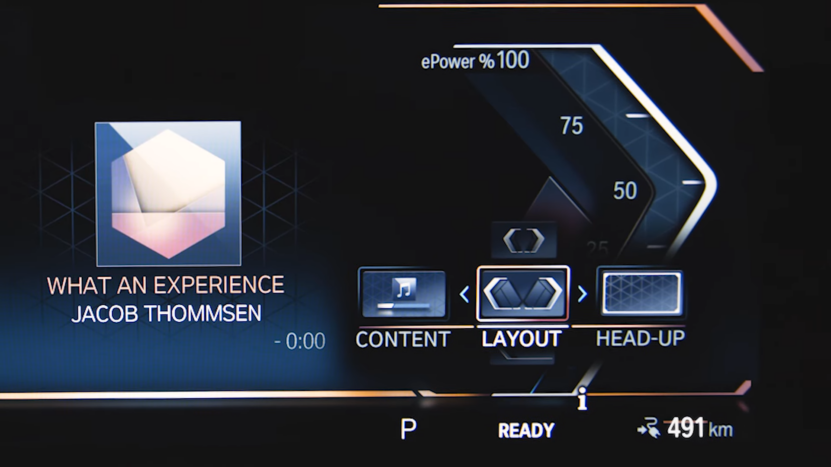
BMW’s iDrive system and Heads-Up Display are designed to minimize driver distractions. The iDrive system allows drivers to control navigation, entertainment, and communication features via a central touchscreen or a rotary dial, keeping their focus on the road.
The Heads-Up Display projects critical driving information, such as speed, navigation directions, and safety warnings, onto the windshield, allowing drivers to stay informed without taking their eyes off the road.
By reducing the need for drivers to look away from the road, these systems play a key role in preventing accidents caused by distractions.
In Conclusion
BMW’s advanced safety features represent the cutting edge of automotive technology, designed not only to protect drivers and passengers in the event of an accident but also to prevent accidents from happening in the first place.
From driver assistance systems that monitor the surroundings and warn of potential hazards to collision avoidance technologies and parking assistance features, BMW offers a comprehensive suite of tools that make driving safer and more enjoyable.
Related Posts:



